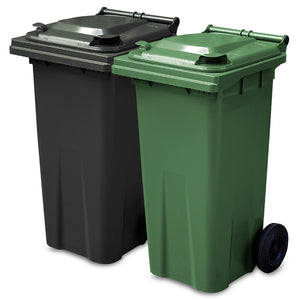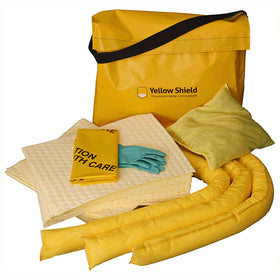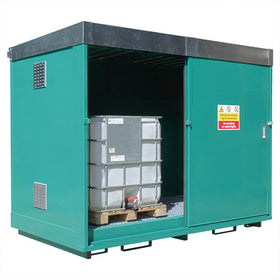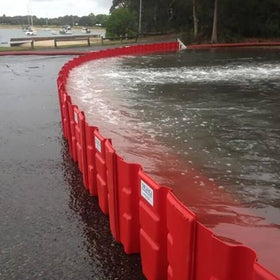Hurricane in the Gulf of Mexico stalls clean-up efforts
The oil spill clean-up in the Gulf of Mexico has been suspended due to the extreme weather conditions caused by Hurricane Alex. The spill collection process is still ongoing at the rig site at the present time, and it is hoped that BP will not have to shut the containment device down. However the teams of support workers who were skimming the ocean surface and the dispersants that were being added to the slick have had to be stopped due to high waves and extremely windy conditions.
The hundreds of miles of spill containment booms that have been laid around the Gulf of Mexico to prevent the oil reaching landfall, are now perilously close to being breached, as the waves crash over them. And aid workers can do little to stop the flow.
BP are currently capturing about 23,000 barrels of oil per day that is leaking from the blowout preventer on the sea bed, and hoped to increase this volume to 53,000 barrels per day with the addition of another containment vessel. But this has now also been put on hold due to the bad weather caused by Hurricane Alex.




